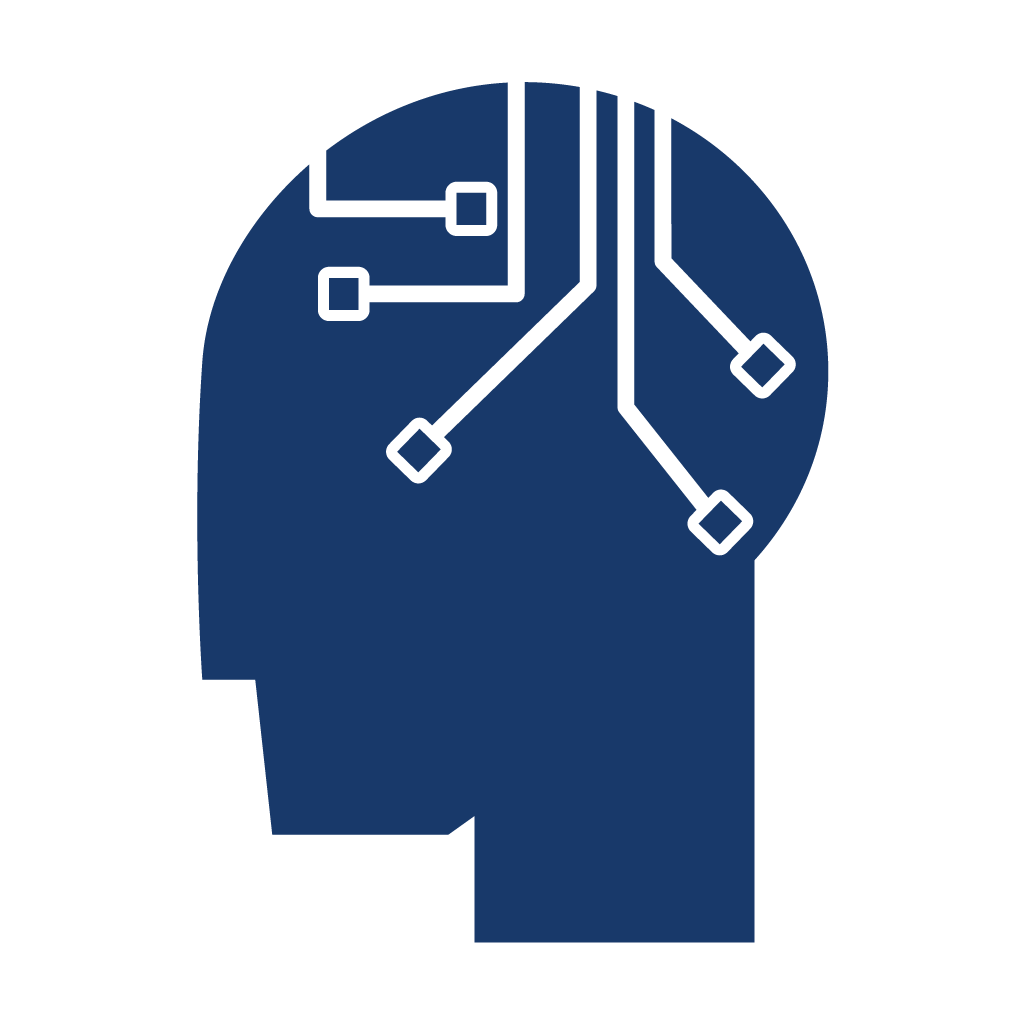Arteries — The systemic supply network
Adequate protection against dangerous vascular blockages starts with a precise analysis of the heart and arteries.
Arteries
The systemic supply network
Everything stands and falls with the arteries: Their functionality is of immense importance: Without them, the entire infrastructure of the body would fall by the wayside: After all, a functioning vascular system that works without restrictions has a significant influence on our overall health — and on how we age.
According to their function as blood vessels leading away from the heart, arteries are responsible for supplying the organs with oxygen-rich blood. At the same time, they transport nutrients and important messenger substances to wherever they are needed. If pathologically altered blood vessels can only perform their supply task to a limited extent, the risk of life-threatening cardiovascular events increases.
Damaged arteries are a severe threat
Often, arteries can only maintain the oxygen-rich blood supply to the organs to a reduced extent, mainly due to blocking deposits and damaged inner walls. Then things are getting risky for our health because a fatal chain reaction is set in motion.
Immune cells, for example, often try to dislodge cholesterol deposits from the walls of arteries — unfortunately without success. Instead, the immune cells get stuck in the artery walls. The results are low-threshold inflammations and deposits, also known as atherosclerosis plaques. A whole series of special immune cells called leukocytes are found in these plaques. If they are overactive and block the walls of the blood vessels, they become destabilized. This can result in plaques breaking down and blocking blood flow — with dangerous consequences. Be it heart attack, cerebral infarction, or peripheral arterial disease (PAD), which primarily affects the legs, less frequently the arms: the origin is restricted, or, at its worst, completely interrupted blood flow.
Uncovering Cardiovascular Risk Factors — Protecting Heart and Arteries
Cardiovascular diseases with their sometimes severe complications, however, are not an inevitable fate. The typical disease courses are well avoidable — if patients act early enough, taking countermeasures and thus their cardiovascular health in their own hands.
In order to ideally prevent cardiovascular events and secondary diseases completely or to treat already existing pathological conditions effectively, an early, preventive cardiovascular diagnostics is indispensable. The more precise the collected cardiovascular data are, the more carefully targeted the further medical treatment can be tailored to the different needs of each patient. In the best case, vascular examinations are repeated at certain intervals: One the one hand, checking cardiovascular health, and, on the other hand, if necessary, to control and monitor the initiated therapy steps continously to keep one’s eye on the progress of the disease. If pathological changes already exist, targeted interventions at least mitigate the course of the disease and prevent worse. For example, in narrowed coronary arteries, first-line therapy are vascular supporting stent implantations. The earlier patients take care of their cardiovascular health, the less likely it is having to undergo such and other stressful and high-risk operations. Knowing your individual cardiovascular risk profile thus helps to maintain quality of life and can save lives.


